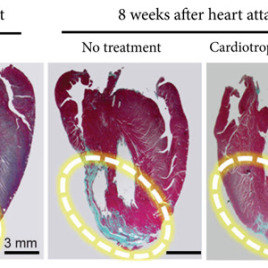A group of researchers outlined a comprehensive roadmap of infrastructure changes that 139 countries can make to be entirely powered by wind, water, and sunlight by 2050. Researchers assessed the raw renewable energy resources available to each country, how many alternative-energy generators are available, and how much land and rooftop area these power sources would require, and how this approach would reduce energy demand and cost compared with a business-as-usual scenario. Each country’s electricity, transportation, heating/cooling and agriculture/forestry/fishing sectors were also examined. Study authors say that, in addition to meeting the Paris Agreement goal of keeping the global temperature increase to under 2 degrees Celsius, transitioning to a clean-energy infrastructure could help avoid up to 7 million air pollution deaths each year and create over 24 million long-term, full-time jobs.
Authors:
Mark Z. Jacobson, Mark A. Delucchi, Zack A.F. Bauer, Savannah C. Goodman, William E. Chapman, Mary A. Cameron, Cedric Bozonnat, Liat Chobadi, Hailey A. Clonts, Peter Enevoldsen, Jenny R. Erwin, Simone N. Fobi, Owen K. Goldstrom, Eleanor M. Hennessy, Jingyi Liu, Jonathan Lo, Clayton B. Meyer, Sean B. Morris, Kevin R. Moy, Patrick L. O’Neill, Ivalin Petkov, Stephanie Redfern, Robin Schucker, Michael A. Sontag, Jingfan Wang, Eric Weiner, Alexander S. Yachanin
Corresponding author:
Mark Z. Jacobson, Atmosphere/Energy Program, Department of Civil and Environmental Engineering, Stanford University, Email: jacobson@stanford.edu
Original paper published in Joule on August 23, 2017.
